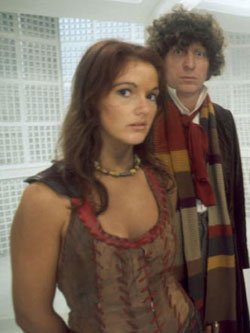Gentle Sophonts, I have DATA!
I wrote a character generator for all of Book 1, and generated 100,000 characters.
To generate the characters, I randomly selected a service, tried to enlist, and if that didn't work, I just rolled for the draft.
Then I ran each character until they died, could not reenlist, or termed out at term 7 (barring being forced to remain).
Since mustering out does not affect skills, I did not muster them out, but I do age them, but I do not have an "aging crisis" that affects their age. I simply adjust their attributes. All attributes are clamped between 1 and 15. I could probably go back and add the 8+ saving roll to see if they survive the aging crisis.
It's humbling to note that, overall, 40% did not survive. A total of 60847 survived the process.
Of those that did survive, here's a breakdown of the base skills rolled:
Forgery, Leader, and Ships Boat are pretty much tied for the top (bottom?) spot.
Other curiosities.
Of those three, only Ships Boat has a single entry in the skill list. Forgery and Leader both have two.
Air/Raft has a single entry as well. Both Ships Boat and Air/Raft are part of the Service Skills table, Navy and Army respectively. So even though both are similarly available, there's more Air/Raft simply because there's more Army vets than Navy
The service breakdown is as follows
Scouts are very dangerous. Over 80% do not survive. But of those that did, 60% got to 7 or more terms.
So, odds are good if you find a Scout veteran -- they're an old one!
I wrote a character generator for all of Book 1, and generated 100,000 characters.
To generate the characters, I randomly selected a service, tried to enlist, and if that didn't work, I just rolled for the draft.
Then I ran each character until they died, could not reenlist, or termed out at term 7 (barring being forced to remain).
Since mustering out does not affect skills, I did not muster them out, but I do age them, but I do not have an "aging crisis" that affects their age. I simply adjust their attributes. All attributes are clamped between 1 and 15. I could probably go back and add the 8+ saving roll to see if they survive the aging crisis.
It's humbling to note that, overall, 40% did not survive. A total of 60847 survived the process.
Of those that did survive, here's a breakdown of the base skills rolled:
Code:
forgery 2331
leader 2364
ships-boat 2382
steward 4245
air-raft 4528
admin 4841
engineering 4977
pilot 4980
computer 5635
bribery 6152
streetwise 6583
fwd-obsrv 6873
navigation 7099
jack-o-t 8322
gunnery 8922
gambling 9205
tactics 9349
medical 9998
brawling 10291
vacc-suit 10377
mechanical 15356
vehicle 17604
electronic 18610
blade-cbt 22006
gun-cbt 22876Forgery, Leader, and Ships Boat are pretty much tied for the top (bottom?) spot.
Other curiosities.
Of those three, only Ships Boat has a single entry in the skill list. Forgery and Leader both have two.
Air/Raft has a single entry as well. Both Ships Boat and Air/Raft are part of the Service Skills table, Navy and Army respectively. So even though both are similarly available, there's more Air/Raft simply because there's more Army vets than Navy
The service breakdown is as follows
Code:
Navy 11286
Marines 7341
Army 19145
Scouts 2097
Merchants 12342
Other 8636Scouts are very dangerous. Over 80% do not survive. But of those that did, 60% got to 7 or more terms.
So, odds are good if you find a Scout veteran -- they're an old one!


